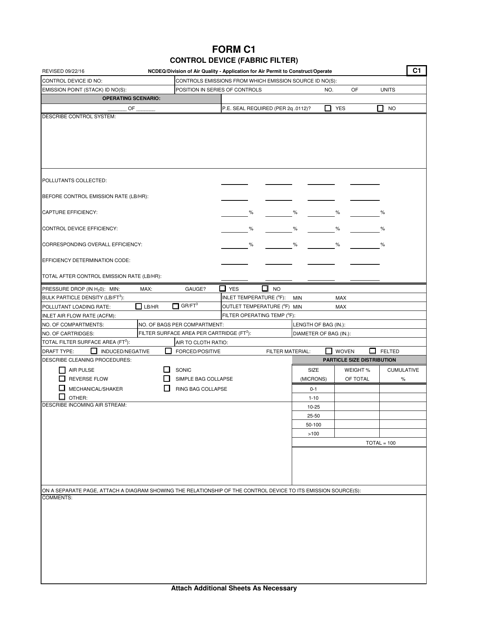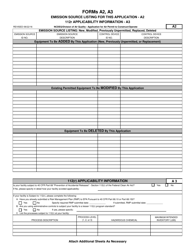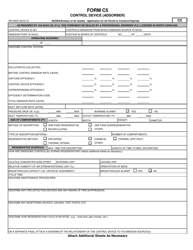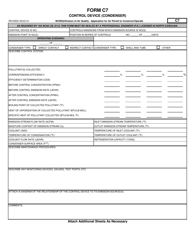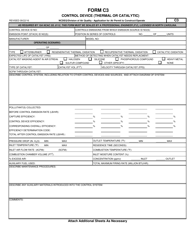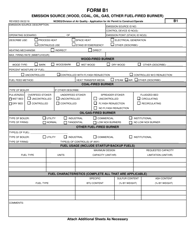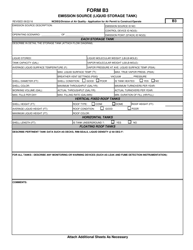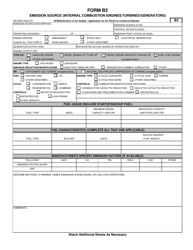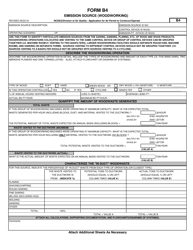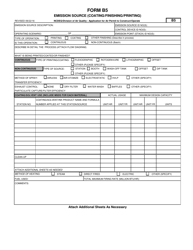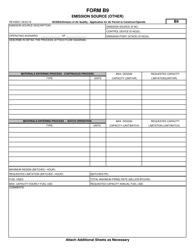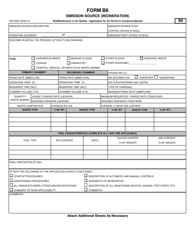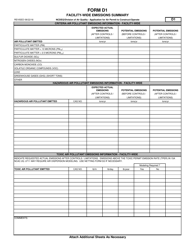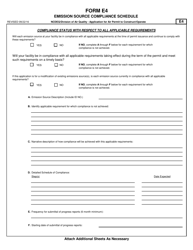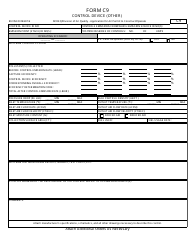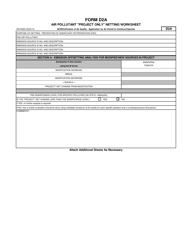Form C1 Application for Air Permit to Construct / Operate - Control Device (Fabric Filter) - North Carolina
What Is Form C1?
This is a legal form that was released by the North Carolina Department of Environmental Quality - a government authority operating within North Carolina. As of today, no separate filing guidelines for the form are provided by the issuing department.
FAQ
Q: What is Form C1?
A: Form C1 is an application for an air permit to construct or operate a control device, specifically a fabric filter, in North Carolina.
Q: What is an air permit?
A: An air permit is a document issued by the state of North Carolina that allows a facility to construct or operate equipment that emits air pollutants.
Q: What is a fabric filter?
A: A fabric filter is a type of control device used to remove particulate matter from air emissions. It uses fabric filter bags to capture pollutants.
Q: Who needs to fill out Form C1?
A: Anyone who wants to construct or operate a fabric filter control device in North Carolina needs to fill out Form C1.
Q: What information is required on Form C1?
A: Form C1 requires information about the facility, the fabric filter control device, emission sources, and any applicable regulations or permit conditions.
Q: Are there any fees associated with submitting Form C1?
A: Yes, there are fees associated with submitting Form C1. The specific fees depend on the type and size of the facility.
Q: Is there a deadline for submitting Form C1?
A: There is no specific deadline for submitting Form C1, but it is recommended to submit the application well in advance of the planned construction or operation.
Q: Who can I contact for assistance with Form C1?
A: You can contact the North Carolina Department of Environmental Quality for assistance with Form C1. They have resources available to help applicants.
Q: What happens after submitting Form C1?
A: After submitting Form C1, the North Carolina Department of Environmental Quality will review the application and may require additional information or modifications.
Form Details:
- Released on September 22, 2016;
- The latest edition provided by the North Carolina Department of Environmental Quality;
- Easy to use and ready to print;
- Quick to customize;
- Compatible with most PDF-viewing applications;
- Fill out the form in our online filing application.
Download a fillable version of Form C1 by clicking the link below or browse more documents and templates provided by the North Carolina Department of Environmental Quality.
